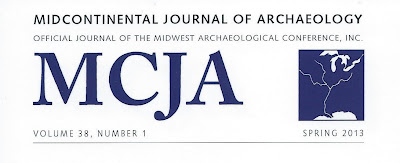 Ray Hively and Robert Horn, the archaeoastronomers who first made the case that the Newark Earthworks encoded the principal alignments of the 18.6-year long lunar cycle in its geometrical architecture are back with an extended argument for lunar, and now solar, astronomical alignments at the Newark Earthworks.
Ray Hively and Robert Horn, the archaeoastronomers who first made the case that the Newark Earthworks encoded the principal alignments of the 18.6-year long lunar cycle in its geometrical architecture are back with an extended argument for lunar, and now solar, astronomical alignments at the Newark Earthworks.